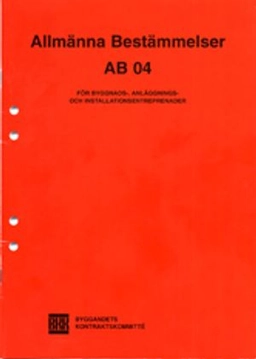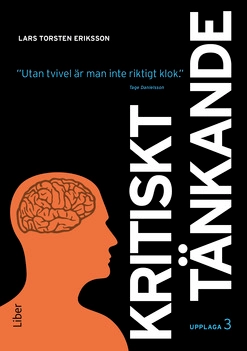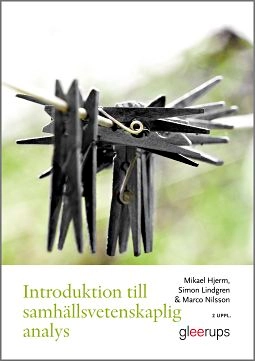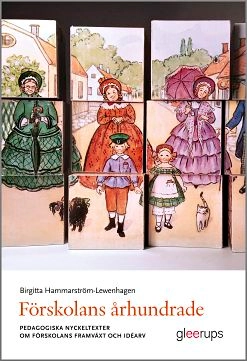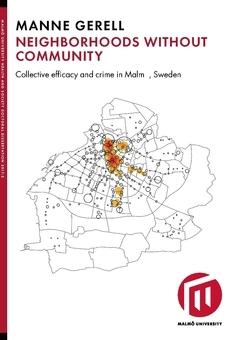

Neighborhoods without community : collective efficacy and crime in Malmö, Sweden
- Utgiven: 2017
- ISBN: 9789171047465
- Sidor: 198 st
- Förlag: Malmö högskola
- Format: Häftad
- Språk: Engelska
Om boken
Åtkomstkoder och digitalt tilläggsmaterial garanteras inte med begagnade böcker
Mer om Neighborhoods without community : collective efficacy and crime in Malmö, Sweden (2017)
I februari 2017 släpptes boken Neighborhoods without community : collective efficacy and crime in Malmö, Sweden skriven av Manne Gerell. Den är skriven på engelska och består av 198 sidor djupgående information om samhälle och politik. Förlaget bakom boken är Malmö högskola.
Köp boken Neighborhoods without community : collective efficacy and crime in Malmö, Sweden på Studentapan och spara pengar.
Tillhör kategorierna
Referera till Neighborhoods without community : collective efficacy and crime in Malmö, Sweden
Harvard
Oxford
APA
Vancouver





